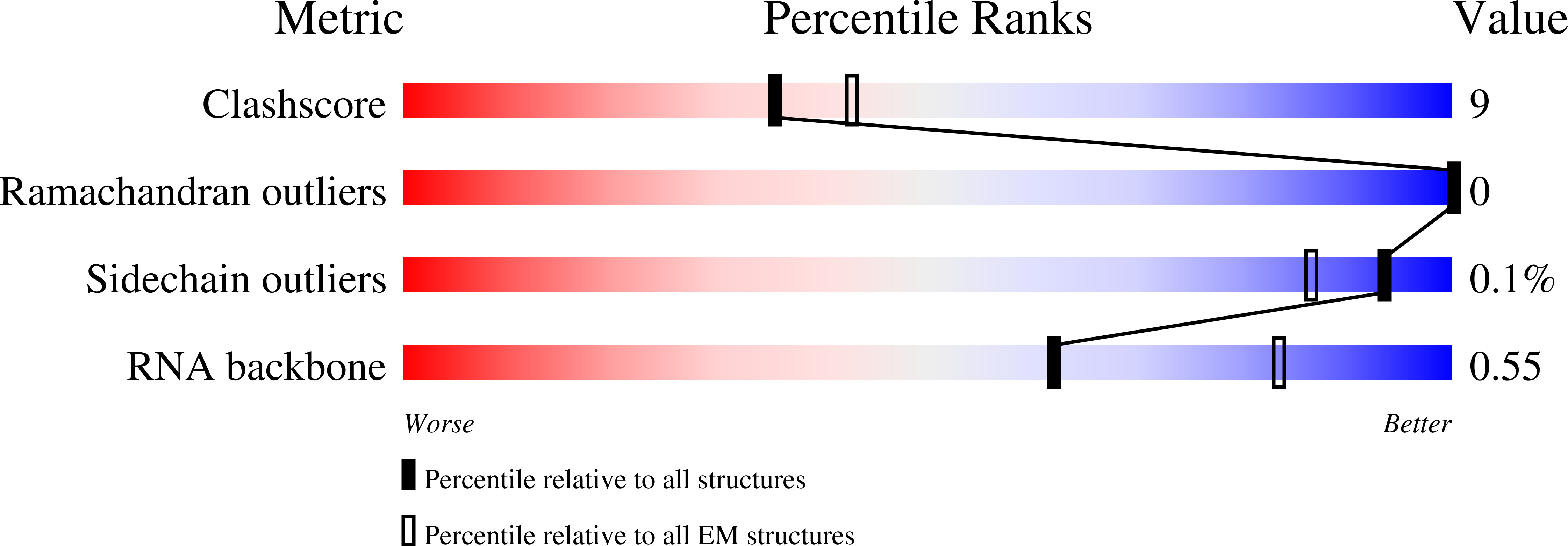
Deposition Date
2023-02-17
Release Date
2023-11-15
Last Version Date
2025-05-28
Entry Detail
PDB ID:
8G7U
Keywords:
Title:
Cryo-EM structure of Riplet:RIG-I:dsRNA complex (end-semi-closed end)
Biological Source:
Source Organism:
Homo sapiens (Taxon ID: 9606)
Host Organism:
Method Details:
Experimental Method:
Resolution:
4.00 Å
Aggregation State:
PARTICLE
Reconstruction Method:
SINGLE PARTICLE


